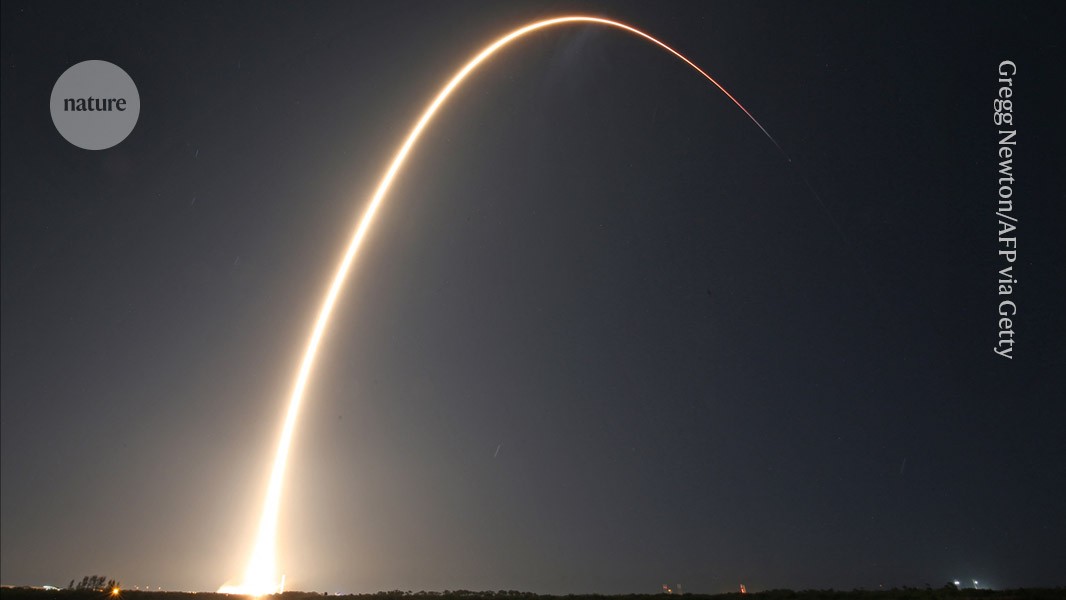Second ispace craft has probably crash-landed on Moon

Early investigations by the Japanese company identified issues with speed and a sensor measuring the craft's altitude
A Japanese spacecraft has probably crashed on the Moon, the second failed landing attempt for Tokyo-based private firm ispace.
The HAKUTO-R Mission 2 (M2) lander — also called Resilience — began its landing sequence from a 100-kilometre-altitude orbit at 3.13am local time on 5 June. The craft was due to land near the centre of Mare Frigoris (Sea of Cold) at 4.17am.
The ispace team said at a press conference that it lost contact with M2 when the craft was 192 metres above the Moon’s surface and descending faster than expected. An attempt to reboot M2 was also unsuccessful.
M2 didn't receive measurements of the distance between itself and the lunar surface in time to slow down and reach its correct landing speed, the team said.
“It eventually slowed down, but not softly enough,” says Clive Neal, who studies the Moon at the University of Notre Dame in Indianapolis, US. He speculates that the failure was probably caused by a systems issue that wasn’t identified and addressed during the M1 landing attempt. “It’s something that I believe will definitely be fixable, because getting that close means there’s a few tweaks that are going to be needed for the next one,” he adds.
If M2 had successfully landed on the lunar surface, the mission would have been the second time a commercial company had achieved the feat and a first for a non-US company. ispace's Mission 1 (M1) probably crashed during a landing attempt in April 2023.
Second chance
Lunar landings are challenging. When M1 crashed, Ryo Ujiie, ispace’s chief technology officer said the telemetry — which collects data on the craft’s altitude and speed — estimated that M1 was on the surface when it wasn’t, causing the lander to free fall.
Speaking to Nature last week, Ujiie said the company had addressed the telemetry issue with M2 and modified its software. “We also carefully selected how to approach the landing site,” he added.
Had M2 landed successfully, the craft would have supplied electricity for its cargo, including water electrolyzing equipment and a module for food production experiments — developed by Japan-based Takasago Thermal Engineering and biotechnology firm Euglena. A deep space radiation probe made by Taiwan’s National Central University, and the 54-centimetre Tenacious rover were also be on board. The rover, created by ispace’s European subsidiary in Luxemburg, was going to be released from the lander to collect imagery, location data and lunar sand known as regolith. Tenacious also carries a small red house made by Swedish artist Mikael Genberg.
Enjoying our latest content?
Login or create an account to continue
- Access the most recent journalism from Nature's award-winning team
- Explore the latest features & opinion covering groundbreaking research
or
Sign in or create an account Continue with Google
Continue with Google
doi: https://doi.org/10.1038/d41586-025-01751-3
This story originally appeared on: Nature - Author:Rachel Fieldhouse

















